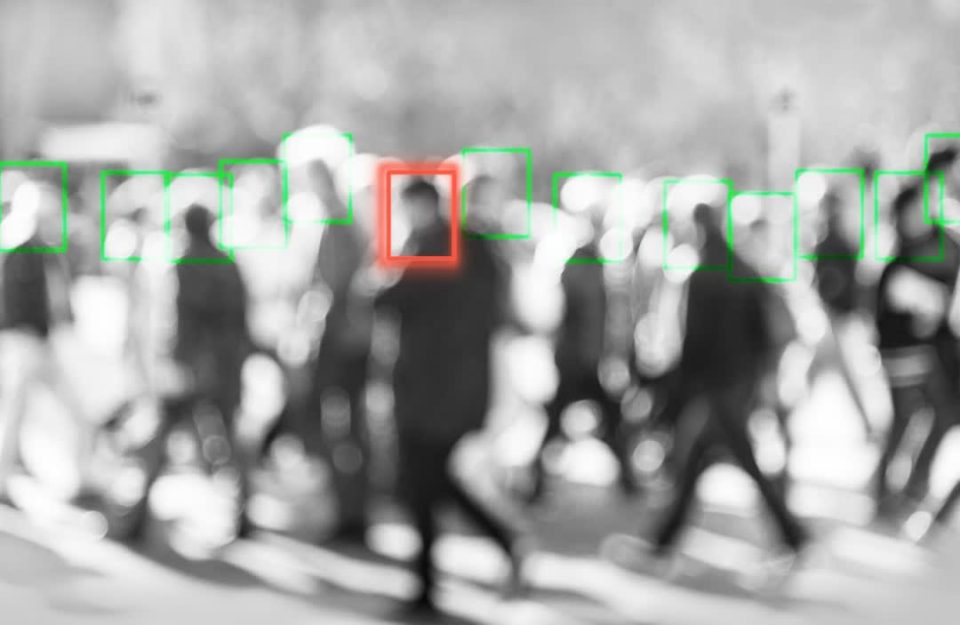The COVID-19 pandemic presented emergency response teams around the world with the unique
challenge of addressing a contagious virus for which there currently is no cure. Social engineering
schemes that rely on managing social change and behaviours have become our go-to crisis response,
introducing a new approach to disaster response and recovery.
To deal with these unforeseen challenges, intelligent digital technologies are being strategically
leveraged, playing an active role in smart city management and helping to ensure that essential
workers keep society humming along. Emerging technologies are being deployed to get us back to
work safely and to propel the economy. Under the Smart City Mission India, 100 smart cities have
been selected since 2015. It is more important than ever for policymakers to start planning their
smart city strategies. The way people live and interact will determine the benefits of new-age cities.
“Smart cities provide an intelligence to the processes behind a city’s management,” says IEEE
member Dalton Valadares. “Essentially, the thinking behind smart cities is that this additional
intelligence will provide for substantial improvements in urban services and operations – in
particular, taking a data-based approach to governance will enable improved efficiencies, which will
in turn benefit citizens and essential workers alike.”
At the core of smart cities is data. Data powers our digital technologies, enables smart cities to
improve efficiencies and supports the populace.
ACTIVE DATA AND DISASTER RESPONSE
According to IEEE member Xun Luo, active data collection involving individuals voluntarily feeding
their user data into a system is one of the most efficient drivers of smart city technologies.
“Unlike passive data collection, which typically relies on autonomous systems and sensor-based
technologies, active approaches to data collection require citizens to report their information
voluntarily,” says Luo. “For example, some individuals might elect to have transponders installed
into their cars that periodically send data through a vehicle-to-infrastructure (V2I) network.”
Active data collection, like its name suggests, depends on individuals taking an active approach and
sharing their data to better inform a network or system. This type of data collection is beneficial for
the user because it allows them to control what data they choose to share. Unlike passive data
collection, active data collection typically tends to provide more granular detail, enabling improved
insights into consumer habits, preferences and more.
“There are several major advantages of actively collected data,” says Luo. “First – as people
understand the purpose of data collection, the data they provide in an active data collection system
will be less ambiguous and more directly relevant to the context. Thus, the quality of data is
improved.”
“Second – as active data collection is explicit, there’s typically a better way of optimizing sampling
methods, which, in turn, lowers the possibility of data bias.”
According to Luo, active data collection helps us understand COVID-19 by providing insight into
infection hotspots and travel routes, as well as an individual’s symptom progression, which could provide policymakers and care providers with the intelligence required to better inform strategic
decision-making and response treatment.
“A crowd-sourced application that would enable people to report known infection cases or share
their travel routes and individual symptoms would prove helpful in combating an infectious disease,
such as COVID-19,” says Luo. And the more citizens involved in active data collection the better, says Luo. “With today’s challenge, this actively sourced data could be very, very valuable.”



